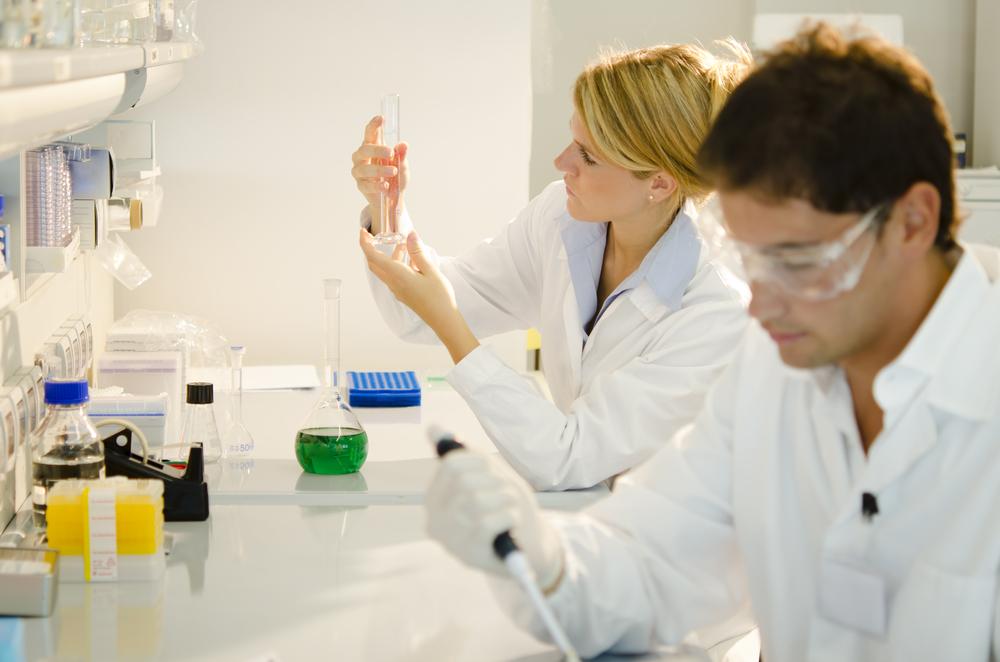Enhancing Well-Being Through Advances in Stem Cell Treatments
Explore how stem cell therapy is transforming healthcare by promoting tissue regeneration, reducing recovery time, and offering hope for treating complex diseases. Discover its sources, benefits, potential risks, and future applications in medicine, highlighting its promising role in regenerative medicine. This article emphasizes ongoing research and the evolving nature of stem cell treatments for better health outcomes.

Enhancing Well-Being Through Advances in Stem Cell Treatments
Despite medical progress reducing many mortality rates, some diseases still lack definitive cures. Recent breakthroughs in medicine have inspired hope for treating previously incurable conditions. Among these, stem cell therapy has gained recognition for its promising results in regenerative medicine.
Stem cell therapy offers alternative solutions for illnesses that traditionally required invasive surgeries. Stem cells have the unique capacity to replicate and transform into specialized cells, aiding in tissue and organ repair.
While encouraging, stem cell therapies are still evolving, with some limitations. Ongoing research continues to unlock its potential for combating serious health issues.
Sources of Stem Cells
Stem cells are a class of unspecialized cells that can develop into various tissue types. They are mainly sourced from embryos during early development (blastocyst stage) and from adult tissues.
Stem cells from embryos exist only during the initial phases of development, whereas adult-derived stem cells are present throughout life, originating during fetal development.
Both types differ in their ability to differentiate into specific cells like muscle, bone, or skin tissues, based on their potency.
Unique Benefits of Stem Cell Treatment
Increasingly popular due to its potential to treat severe illnesses effectively.
Speeds up healing of injuries and wounds, reducing recovery times and chronic discomfort.
Enhances muscle function, flexibility, and can improve sleep quality.
Reduces muscle compensation, minimizes future injury risks, alleviates nerve damage, boosts collagen production, and slows aging.
Supports tissue regeneration, including heart and blood vessels, accelerates wound healing, and minimizes scarring.
Uncommonly recognized, but helpful in reducing hair loss, allowing patients to return to normal life swiftly.
Possible Risks of Stem Cell Therapy
While revolutionary, stem cell treatment poses risks such as infection, blood count issues, bleeding, anemia, and immune reactions like graft-versus-host disease.
Additional side effects include digestive problems, skin issues, pain, and kidney concerns.
In some cases, long-term complications can significantly impact quality of life post-treatment.
Future Applications of Stem Cell Therapy
Although still in early stages, stem cell treatments hold vast promise for future medical breakthroughs.
Potential for developing cell-based therapies, understanding human development, and studying disease mechanisms like cancer and genetic disorders.
Laboratory-grown stem cells could become tools for drug testing and toxicity screening, accelerating medical research.
They may also help identify environmental toxins before exposure, further benefiting public health.
Tags – innovative stem cell therapy










